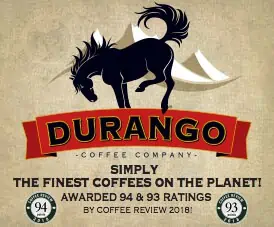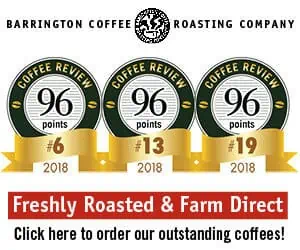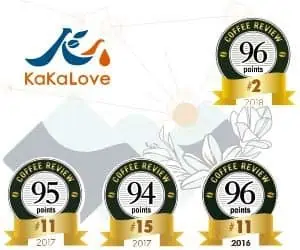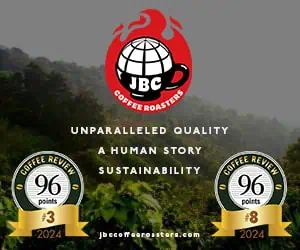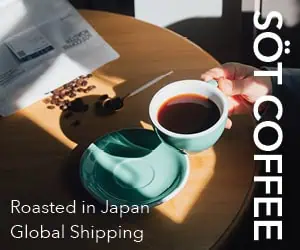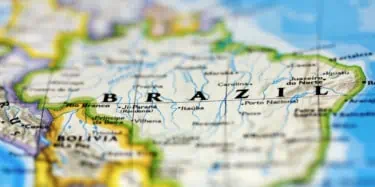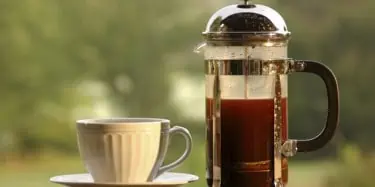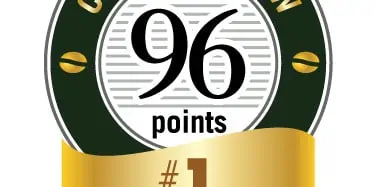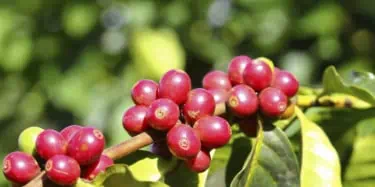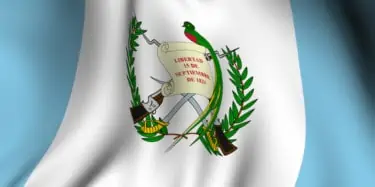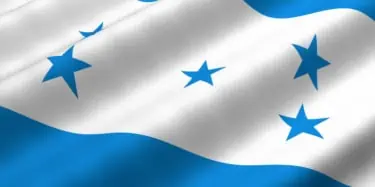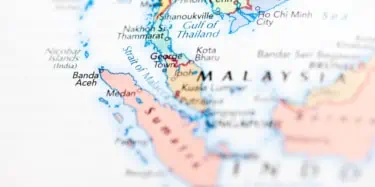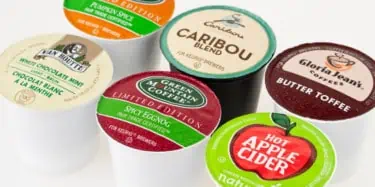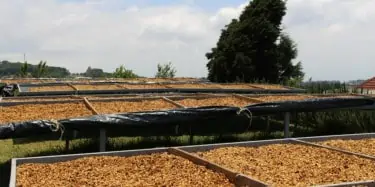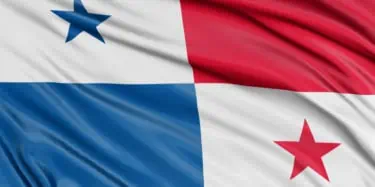When we last tested Colombias two years ago we turned up several fine coffees, but generally were disappointed by the many samples that arrived bearing fancy names but displaying little distinction in the cup. Back then the trend toward select, precisely identified lots of green coffee (aka “direct trade,”“microlots”) seemed to have been honored more in name and hype than in distinction and
Tasting Reports – Most Recent
Coffee Review has published more than 250 monthly coffee tasting reports since February 1997. The most recent tasting reports appear below in reverse chronological order. You may narrow your search by category from the main navigation drop-downs or by using the key word search feature that appears in the page header. The content in tasting reports and associated reviews was correct at the time of publication but may not remain accurate over time.
Subtle but Not Tame: Brazils 2014
The various cup profiles associated with the world’s coffee regions are the result of a complex interplay between nature and nurture, between the givens of nature – growing altitude, soil and rainfall patterns – and local traditions that for decades determined the varieties of coffee tree typically grown in a region and how the fruit was typically harvested and processed. The sum total of this
State of the Blend 2014
To say that blends are out of style (at least for drip and French press brewing) in the contemporary high-end world of specialty coffee would be an understatement. Today one seldom sees blends intended for drip brewing featured by cafes and roasting companies with serious upscale coffee aspirations. And any drip blend that does show up is lost among the exotic crowds of direct-trade, micro-lot,
Top 30 Coffees of 2013
Coffee Review introduced 100-point reviews to the specialty coffee industry in 1997. Over the years since then we've cupped tens of thousands of samples and produced reviews for nearly 3,500 coffees. We are often asked, "What is the best coffee?" To which we give the obvious answer: "There is no single 'best' coffee." Of course, visitors to our website can sort through the reviews to draw their
Holiday Blends and Gift Coffees
This month’s reviews fall neatly into two categories: first, five exceptional holiday blends; second, an assortment of fine single-origin coffees offered only for the holidays that range from versions of familiar names to three holiday splurge coffees likely to satisfy money-is-no-object gift-giving and holiday impulsiveness. Starting with the holiday blends, the most striking finding of this
Dried-in-the-Fruit Refinement: Ethiopia and Yemen Naturals
At this moment I am drinking a cup of a coffee labeled “Ethiopia Amaro Natural.” It was sourced and roasted by Old Soul, an artisan baker and small-batch coffee roaster in Sacramento, California. Aficionados and regular readers of Coffee Review know that “natural” is the latest name for coffee dried inside the whole fruit, rather than after the fruit residue has been removed, as is the case with
Single-Lot, Single-Variety Excitement
In the new world of high-end specialty coffee, botanical variety of the tree has become one of the crucial ways to differentiate and describe small lots of fine coffee. Grape variety has long been a differentiator in wine, of course, and increasingly dominates description and selling of certain fruits and vegetables. But botanical variety also has become an increasingly intensely explored path to
Suave and Idiosyncratic: Coffees of Guatemala
The thirty Guatemala coffees we sampled for this month’s article overall were remarkably true to form for this storied and celebrated origin. For the most part they were beautifully structured and balanced, yet surprising and original in detail. Most likely it is the traditionalist nature of Guatemala coffee production – the often unpredictable mix of traditional varieties of Arabica making up
A Focus on the Classic: Coffees of Honduras
With this review of coffees from Honduras the excitement may reside more in the story than in the cup itself. The story is how this Central American nation, long considered mainly a source of low-to-decent quality, commercial-grade coffees, has stepped up over the past five years or so and is producing significantly better coffees and more of them. Of the eighteen Honduras coffees we were able to
Better and Better: Sumatras 2013
Sumatra coffees continue to amaze. Aside from Ethiopia, I can think of no other origin currently producing fine coffees displaying as much sheer range and distinction of sensory association. But whereas Ethiopia’s range of sensory surprise is owing to a rich store of ancient plant varieties, Sumatra’s range and diversity of sensation is primarily achieved through what would seem to be some simple
Lighter and Brighter: Single-Origin Espressos
Coffees from a single farm or cooperative roasted for espresso preparation – aka “single-origin” or simply “SO” espressos – are now a familiar presence on high-end coffee menus and counters in North America, and in many East Asian countries as well. But it was not so long ago that the argument ran that a single coffee from a single origin would always be too limited in its sensory properties to
The (Not Quite Arrived) New World of K-Cups
Yesterday, according to the latest data from the National Coffee Association, thirteen percent of the U.S. population drank coffee made in a single-cup brewer. A significant portion of that thirteen percent undoubtedly used a Keurig brewer and its matching K-Cups to produce their single brewed cup. Keurig and K-Cups were the first single-cup drip-style system in the market and continue to dominate
The Andes Cup: Peru, Bolivia, Ecuador
For a couple of hours during the early preparation for this article I was haunted by the challenge to a coffee reviewer occasioned when it looks like perhaps a whole category of coffees produced by wonderful, hard-working indigenous farmers may turn out not to taste very good, meaning the reviewer might then have to face the quality-of-life vs. quality-of-coffee quandary head on. Which is
Three Trends at the Cusp of the New Year
As the New Year settles in I thought it might be worthwhile revisiting some interesting coffees recently reviewed outside the framework of our monthly review articles. All but one were reviewed in either December 2012 or January 2013, and all reflect in one way or another ongoing trends at the top end of the specialty coffee business. Kenya Endures Or more than endures; continues producing
Readers’ Nominations: Trends and Successes
Over the years we have used our annual readers’ nominations story to attempt to find and celebrate regional roasting companies whose coffees we have never reviewed before. This year we ended reviewing six coffees from companies that have never appeared in Coffee Review, and five from companies that have. Overall, we tested forty-three coffees from twenty-five regional roasting companies. Once
Holiday Coffees: Solid to Spectacular
This month’s collection of thirteen holiday coffees splits neatly into two categories: special proprietary holiday blends – suavely comfortable and balanced in profile – and an assortment of distinctive single-origin coffees, very high-rated and quite spectacular in sensory profile (and in some cases rather spectacular in price as well). In all cases these are seasonal coffees that are here for
Big Box Value Coffees
The least expensive coffees by far to be had in the U.S. are offered by the two leading big-box retail chains, Walmart and Costco. For this month’s article we tested twenty-one samples purchased from our local Walmart and Costco outlets. The coffees we found at Costco were offered in largish bulk packaging ranging from two pounds up to five, with an emphasis on whole bean and 100% Arabica. Our
Cause Coffees
The specialty coffee movement has always attracted idealists of various kinds, from those obsessed with sensory perfection – the perfect espresso shot, the perfect cup – to those who simply are looking for stuff to sell in a way that will help the world. The two idealisms are usually entwined, of course, at least in publicity materials: Do good by drinking good coffee, the websites and packages
Honey and Pulped Natural Coffees
“Honey” is a relatively new term describing coffee that has been dried with all or some of the sticky fruit pulp or “honey” (miel in Spanish) still adhering to the bean. Those familiar with coffee processing methods will, of course, recognize this practice as a kind of compromise between two more familiar processing methods: the dry or “natural” method, in which the beans are dried while entirely
Not Your Same Old Panama Coffees
It’s a tribute to how much the specialty coffee world has changed over the last ten years that the style of coffee traditionally associated with Panama – clean, soft, balanced, gently fruit- and floral-toned – hardly showed up among the coffees nominated by roasters for this month’s article. True, Panama coffees of any kind very nearly didn’t show up, given the harvest was late and our article was

